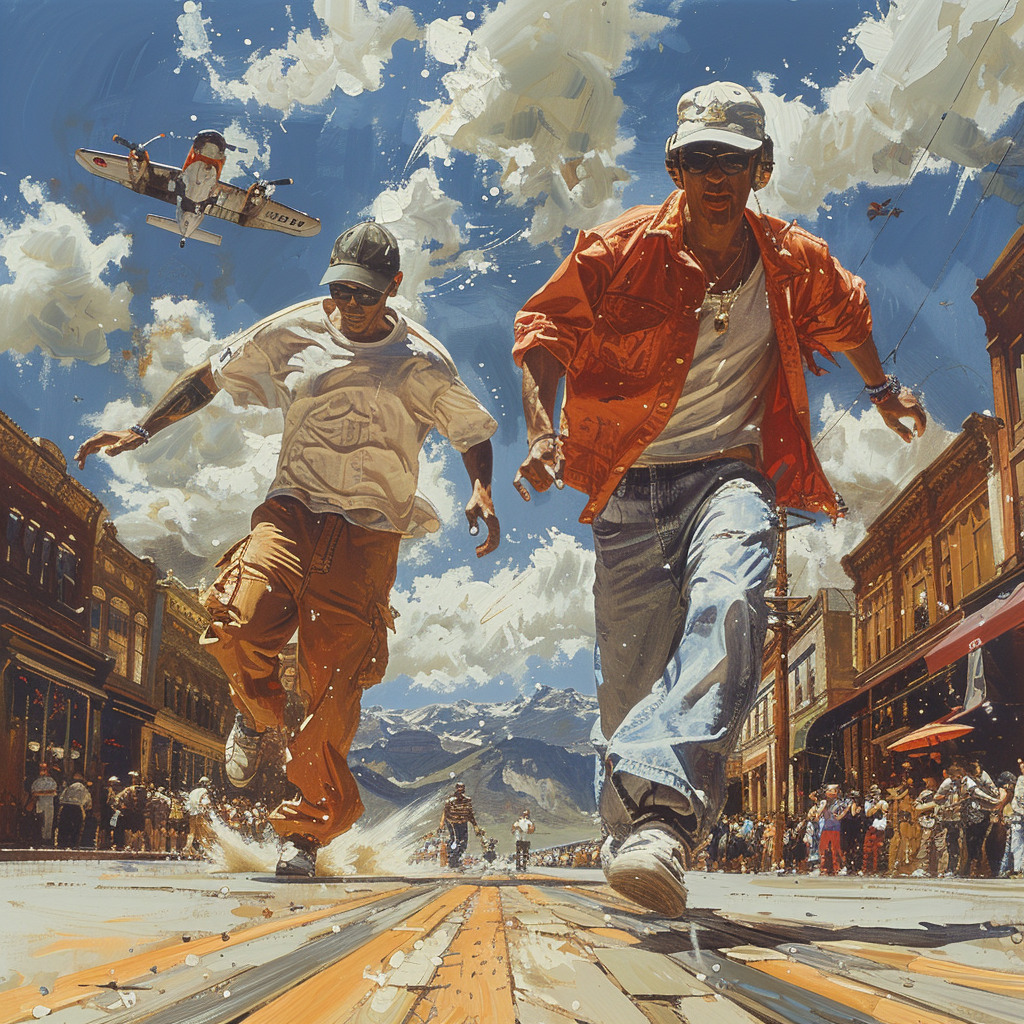Street dance, as a form of artistic expression deeply rooted in urban culture, has the power to foster social inclusion and create a sense of unity among diverse communities. In this article, we will explore how street dance promotes social inclusion and breaks down barriers, bringing people together through the joy of movement.
1. Embracing Diversity:
Street dance welcomes individuals from all backgrounds, regardless of age, gender, race, or socio-economic status. In the dance community, everyone is encouraged to express themselves freely, breaking down stereotypes and celebrating the beauty of diversity.
2. Creating Safe Spaces:
Dance studios and community centers that offer street dance classes often become safe havens where participants feel welcomed and accepted. These spaces provide an environment free from judgment, allowing individuals to build self-confidence and form meaningful connections with others.
3. Building Confidence:
Street dance empowers participants by nurturing self-confidence and self-expression. Through mastering new movements and performing in front of others, dancers gain a sense of accomplishment and belief in their abilities, boosting their self-esteem.
4. Breaking Barriers:
Street dance can serve as a bridge between different cultures and communities. As dancers come together to share their passion for movement, they break down barriers of misunderstanding and build connections based on shared interests and experiences.
5. Empowering Youth:
Street dance offers young people an outlet for creativity and a positive way to channel their energy. Engaging in dance fosters discipline, teamwork, and respect for others, contributing to the personal and social development of young individuals.
6. Fostering Collaboration:
Street dance often involves group choreography and freestyle sessions, encouraging collaboration and cooperation among dancers. These collective experiences strengthen social bonds and teach the value of working together towards a common goal.
7. Promoting Inclusivity Through Events:
Street dance events and competitions bring together dancers from various backgrounds, fostering an inclusive environment where talent and passion are celebrated. These events serve as platforms for dancers to showcase their skills and inspire others.
8. Street Dance Outreach Programs:
Community-driven outreach programs that offer street dance classes to underprivileged youth or marginalized communities can have a transformative impact. By providing access to dance education and mentorship, these programs promote social mobility and personal growth.
9. Breaking Stereotypes:
Street dance challenges negative stereotypes often associated with urban communities. By showcasing the creativity, discipline, and artistry within street dance, dancers challenge misconceptions and change perceptions.
10. Inspiring Social Change:
Street dance has the potential to spark conversations about social issues and inspire positive social change. Dancers may use their art to address important topics such as unity, equality, and justice, igniting discussions within and beyond the dance community.
Conclusion: Uniting Through Movement
Street dance goes beyond being a captivating art form; it is a powerful tool for promoting social inclusion and unity. Through dance, individuals from diverse backgrounds come together, creating a vibrant and supportive community. As street dance continues to break barriers and inspire social connections, its transformative impact on individuals and society at large will undoubtedly continue to grow.
Believe in the power of street dance to bring people together and promote social inclusion. Our dance classes provide a welcoming space for individuals of all ages and backgrounds to embrace the joy of movement and form lasting connections. Join us on this journey of creativity, unity, and empowerment as we dance our way towards a more inclusive and connected world!




